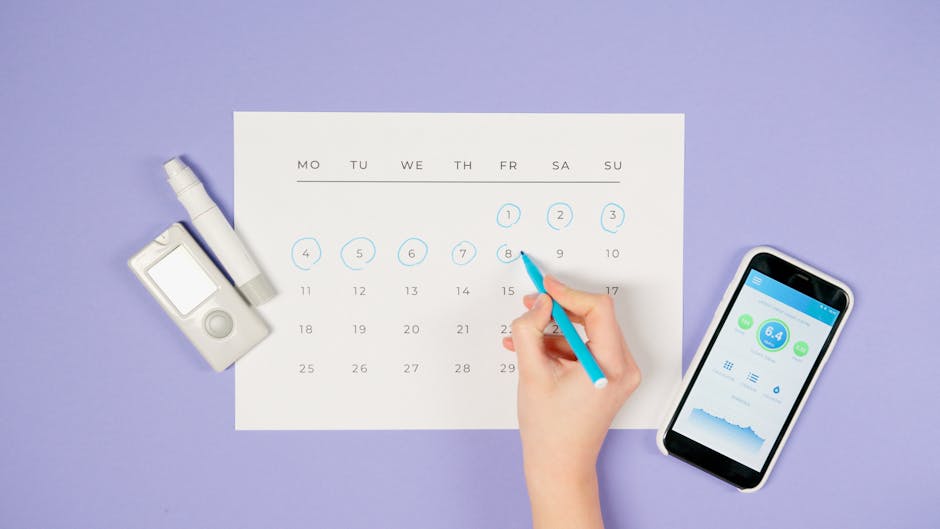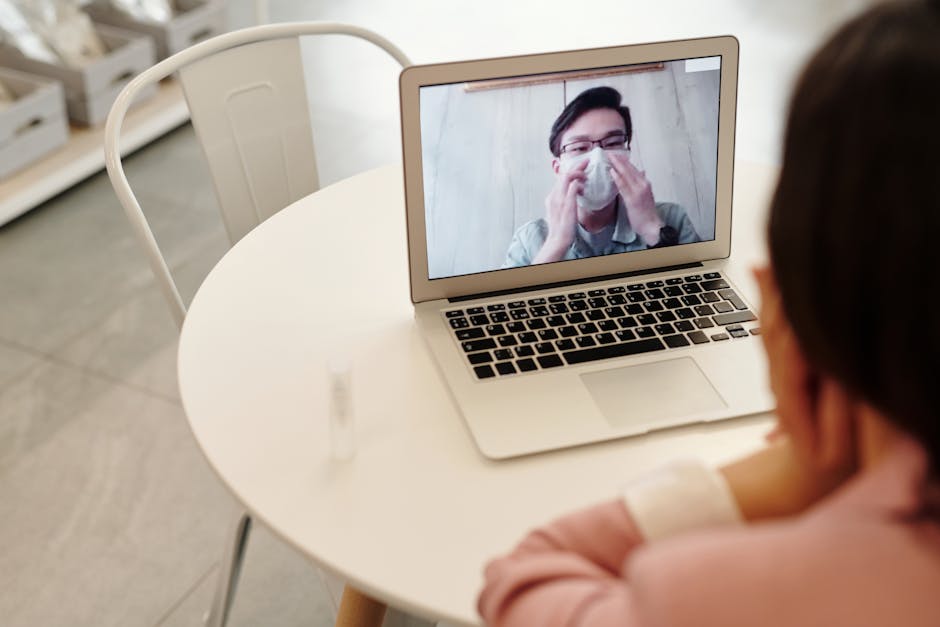Driving The Healthcare Industry Forward With Software Development In London
In the bustling city of London, software development is driving the healthcare industry forward like a well-oiled machine.
Just as a conductor directs an orchestra, software developers are orchestrating a symphony of technological advancements that are transforming patient care.
Like a masterful painter meticulously adding brushstrokes to their canvas, these developers are using their skills to create innovative solutions that streamline patient data management, revolutionise remote healthcare, and improve decision making through data analytics and AI.
They are the architects behind mobile health applications that enhance patient engagement and the guardians protecting patient information with robust cybersecurity measures.
Through collaboration and integration, they are connecting healthcare systems to ensure seamless communication and continuity of care.
With every line of code they write, they are shaping the future of healthcare in London and beyond.
So join us on this journey as we explore how software development is propelling the healthcare industry towards new horizons of efficiency and effectiveness.
Key Takeaways
- Looking for a London Software Development company?
- Software development in London is driving advancements in the healthcare industry.
- Mobile health applications enhance patient engagement and protect patient information.
- Telemedicine platforms revolutionise remote healthcare by improving access, convenience, and collaboration.
- Data analytics and AI improve healthcare decision making by analysing patient data and providing valuable insights.
Electronic Health Records: Streamlining Patient Data Management

Electronic Health Records (EHRs) are revolutionising the way patient data is managed, streamlining processes and improving healthcare outcomes. With the advent of EHRs, healthcare providers now have access to a comprehensive digital record of each patient’s medical history, making it easier to track and manage their health over time.
Data interoperability plays a crucial role in this process, as it enables different healthcare systems to seamlessly exchange information.
One of the key benefits of EHRs is that they facilitate better coordination and communication amongst healthcare professionals involved in a patient’s care. With all relevant data stored electronically, doctors can quickly access information such as lab results, medication history, and previous diagnoses. This not only saves time but also reduces the risk of errors or miscommunication.
Furthermore, EHRs ensure compliance with privacy regulations by implementing strict security measures to protect sensitive patient information. Access controls and encryption techniques safeguard data from unauthorised access or breaches. This helps build trust between patients and healthcare providers while ensuring their personal health information remains confidential.
Nevertheless, challenges remain when it comes to data interoperability across different EHR systems used by various healthcare organisations. Efforts are being made to establish standardised protocols that enable seamless sharing of patient data between providers. Achieving widespread interoperability would greatly enhance collaboration amongst healthcare professionals and improve overall quality of care.
As we transition into discussing telemedicine platforms revolutionising remote healthcare, it is important to note how EHRs play a crucial role in supporting these platforms. By securely storing and sharing patient data, telemedicine practitioners can remotely access vital health information needed for virtual consultations or remote monitoring.
Telemedicine platforms: revolutionising remote healthcare offer unprecedented opportunities for patients who may be unable to physically visit a doctor’s office due to distance or mobility issues. These platforms leverage technology advancements like video conferencing tools and wearable devices to provide real-time consultations and monitor patients’ health remotely.
In summary, Electronic Health Records have transformed the way patient data is managed, promoting data interoperability and ensuring compliance with privacy regulations. As we explore telemedicine platforms revolutionising remote healthcare, EHRs continue to play a vital role in supporting these advancements.
Telemedicine Platforms: Revolutionising Remote Healthcare

Telemedicine platforms are totally transforming the way we receive medical care from a distance. With the advancement of technology, remote diagnostics and virtual consultations have become increasingly accessible and efficient. Here are three key ways in which telemedicine platforms are revolutionising remote healthcare:
- Improved access to healthcare: Telemedicine platforms enable patients to connect with healthcare professionals regardless of their physical location. This is particularly beneficial for individuals residing in rural or underserved areas where access to specialised medical care may be limited. Through virtual consultations, patients can receive timely diagnosis, treatment recommendations, and follow-up care without the need for face-to-face appointments.
- Enhanced convenience and cost-effectiveness: By eliminating the need for travel and reducing wait times, telemedicine platforms provide convenient options for both patients and healthcare providers. Patients don’t have to spend hours commuting or taking time off work for minor medical concerns. Additionally, telemedicine reduces healthcare costs by minimising unnecessary emergency room visits and hospital stays.
- Efficient collaboration amongst healthcare professionals: Telemedicine facilitates seamless communication between different healthcare providers involved in a patient’s care journey. It allows specialists to remotely review medical records, share diagnostic images, discuss treatment plans, and collaborate on complex cases in real-time. This not only improves coordination but also enables faster decision-making that ultimately benefits patient outcomes.
Telemedicine platforms are revolutionising remote healthcare by improving access to quality care, enhancing convenience, and promoting effective collaboration amongst healthcare professionals.
Transitioning into the subsequent section about ‘data analytics and AI: improving healthcare decision making,’ it’s crucial to harness the wealth of information generated through telemedicine platforms for further advancements in patient care management without missing a beat.
Data Analytics and AI: Improving Healthcare Decision Making

Utilising data analytics and AI in the realm of healthcare decision making is like having a team of brilliant minds analysing mountains of information to guide medical professionals in providing the best possible care for their patients. Machine learning algorithms and predictive modelling are revolutionising how healthcare providers make decisions, allowing them to tap into the vast amount of data available and extract valuable insights.
With machine learning algorithms, healthcare professionals can analyse patient data from electronic health records, medical imaging, genetic sequencing, and wearable devices to identify patterns and trends that may not be immediately apparent. These algorithms can process large amounts of data quickly and accurately, helping doctors make more informed decisions about diagnosis, treatment plans, and disease prevention strategies.
Predictive modelling takes this analysis a step further by using historical patient data to forecast future outcomes. By identifying risk factors and predicting potential complications or adverse events, healthcare providers can proactively intervene to prevent or mitigate these risks. This not only improves patient outcomes but also reduces costs by avoiding unnecessary treatments or hospitalisations.
The integration of data analytics and AI in healthcare decision making has far-reaching implications. It enables personalised medicine by tailoring treatments to individual patients based on their unique characteristics. It also facilitates population health management by identifying trends at a larger scale, allowing public health officials to implement targeted interventions.
The use of data analytics and AI in healthcare decision making is transforming the way medical professionals provide care. Machine learning algorithms and predictive modelling empower doctors with actionable insights derived from vast amounts of data. This technology has the potential to enhance patient outcomes while reducing costs.
Transitioning into the next section about mobile health applications: enhancing patient engagement…
Mobile Health Applications: Enhancing Patient Engagement

Immerse yourself in the world of mobile health applications, where you can seamlessly engage with your healthcare provider and take control of your well-being. Mobile health applications (apps) have revolutionised the way we approach self-care management and personalised treatment. These apps offer a wide range of features that empower patients to actively participate in their own healthcare journey.
One key advantage of mobile health apps is the ability to track various aspects of your health. Whether it’s monitoring your daily steps, tracking calorie intake, or managing medication schedules, these apps provide users with valuable insights into their overall well-being. With just a few taps on your smartphone screen, you can access detailed data about your health and make more informed decisions about lifestyle choices.
Furthermore, mobile health apps enhance patient engagement by facilitating communication between patients and healthcare providers. Through secure messaging platforms integrated within these apps, patients can easily connect with their doctors, nurses, or other healthcare professionals. This streamlined communication allows for quick feedback on symptoms or concerns without the need for unnecessary visits to the clinic or hospital.
To better understand the benefits of mobile health apps, let’s explore them through a table:
| Benefits | Description |
|---|---|
| Enhanced Self-Care Management | Provides tools for tracking vital signs and symptoms |
| Personalised Treatment Plans | Tailored recommendations based on individual needs |
| Improved Medication Adherence | Reminders and alerts to ensure timely medication intake |
By incorporating these keywords – self-care management and personalised treatment – into our discussion on mobile health applications, we highlight how these apps empower individuals to actively manage their own well-being.
Transitioning into the next section about cybersecurity in healthcare: protecting patient information requires careful consideration of data privacy.
Cybersecurity in Healthcare: Protecting Patient Information

Ensure the safety and security of your personal health information through robust cybersecurity measures in the healthcare industry. In today’s digital age, protecting patient information is of utmost importance to maintain trust and confidentiality. Data breaches have become a significant concern, with hackers constantly looking for vulnerabilities to exploit. Therefore, healthcare organisations must implement strong cybersecurity protocols to safeguard sensitive data from unauthorised access.
To help you understand the significance of cybersecurity in healthcare, consider the following nested bullet point list:
- Protecting Patient Privacy: Cybersecurity measures play a crucial role in maintaining patient privacy. Robust encryption techniques ensure that only authorised individuals can access medical records and other confidential information.
- Secure Communication Channels: Healthcare systems should use secure communication channels like virtual private networks (VPNs) or encrypted email services to transmit sensitive data securely.
- User Authentication: Implementing multi-factor authentication protocols adds an extra layer of security by requiring users to provide multiple forms of identification before accessing patient information.
- Compliance with Privacy Regulations: The healthcare industry is bound by various privacy regulations such as the Health Insurance Portability and Accountability Act (HIPAA). These regulations require organisations to protect patient data and impose severe penalties for non-compliance.
- Regular Audits: Conducting regular audits helps identify potential vulnerabilities in the system and ensures compliance with privacy regulations.
- Employe Training: Providing comprehensive training programmes on cybersecurity best practises can help prevent accidental data breaches due to human error.
By prioritising cybersecurity measures, healthcare organisations can protect patient information from potential threats while complying with privacy regulations. This creates a foundation of trust between patients and healthcare providers, ensuring that their personal health information remains secure.
Transitioning into the subsequent section about collaboration and integration: connecting healthcare systems, it’s essential for different systems within the healthcare industry to work together seamlessly while keeping patient data safe.
Collaboration and Integration: Connecting Healthcare Systems

The seamless integration and collaboration of healthcare systems is absolutely vital for ensuring the utmost efficiency and effectiveness in delivering patient care. In today’s digital age, healthcare providers rely on various software applications and systems to manage patient records, communicate with other professionals, and provide the best possible care.
However, achieving true interoperability and data sharing between these systems poses significant challenges. Interoperability refers to the ability of different healthcare systems to exchange information and use it meaningfully. It allows for a streamlined flow of data between various stakeholders, such as hospitals, clinics, laboratories, pharmacies, and insurance companies. However, achieving this level of interoperability is not without its difficulties.
One of the key challenges in achieving seamless integration is the lack of standardised data formats across different systems. Each software application may store information differently or use different coding systems, making it difficult to share data accurately. This can lead to errors or incomplete information being transferred between systems.
Another challenge lies in the complexity of integrating legacy systems with newer technology. Many healthcare organisations still rely on outdated software that may not be compatible with modern solutions. Upgrading or replacing these legacy systems can be costly and time-consuming but is necessary for achieving true interoperability.
Furthermore, ensuring data security and protecting patient privacy while enabling efficient sharing remains a top concern. Healthcare organisations must implement robust security measures to safeguard sensitive patient information from unauthorised access or breaches.
To overcome these challenges, collaboration amongst healthcare providers, software developers, policymakers, and regulatory bodies is crucial. Developing common standards for data exchange and investing in technologies that facilitate seamless integration will pave the way for improved coordination amongst healthcare systems.
Achieving seamless integration and collaboration amongst healthcare systems is essential for delivering optimal patient care. Overcoming interoperability challenges through standardised data formats, upgrading legacy systems where necessary, ensuring data security are all critical steps toward facilitating effective communication between stakeholders within the industry.
Contact us to discuss our services now!
